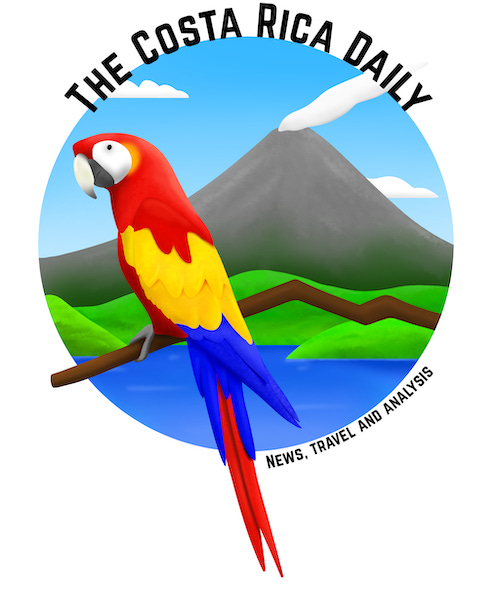Costa Ricans live longer than U.S. Americans. What’s the secret?
The New Yorker features Costa Rica.

Today’s Costa Rica Daily highlights the work of The New Yorker, a prominent U.S. magazine, which will feature Costa Rica in its upcoming edition.
“The Costa Rica model,” available online here and in print on August 30, uses Costa Rica as an example of what can happen when a country prioritizes healthcare:
Since the development of the EBAIS system, deaths from communicable diseases have fallen by 94%, and decisive progress has been made against non-communicable diseases as well.
It’s not just that Costa Rica has surpassed America’s life expectancy while spending less on health care as a percentage of income; it actually spends less than the world average. The biggest gain these days is in the middle years of life. For people between 15 and 60 years of age, the mortality rate in Costa Rica is 8.7%, versus 11.2% in the U.S.—a 30% difference. But older people do better, too: in Costa Rica, the average 60-year-old survives another 24.2 years, compared with 23.6 years in the U.S.
The author, Atul Gawande, is a professor of public health and a surgeon. He describes how Costa Rica has emphasized public health for decades in a system that has reduced inequality and improved outcomes.
“There’s no public-health initiative that will add a doctor to your family, but Costa Rica shows that we can provide something close: a primary-care team whom individuals know personally and can call upon in the course of their lives,” Gawande writes.
Costa Rica’s public healthcare is by no means perfect — lengthy patient wait times are a common concern — but the system remains immensely popular and a source of pride for Ticos.
Click here to read the full story in The New Yorker.
Support The Costa Rica Daily
The Costa Rica Daily is 100% free — and 100% ad-free. We can only exist with your support:


